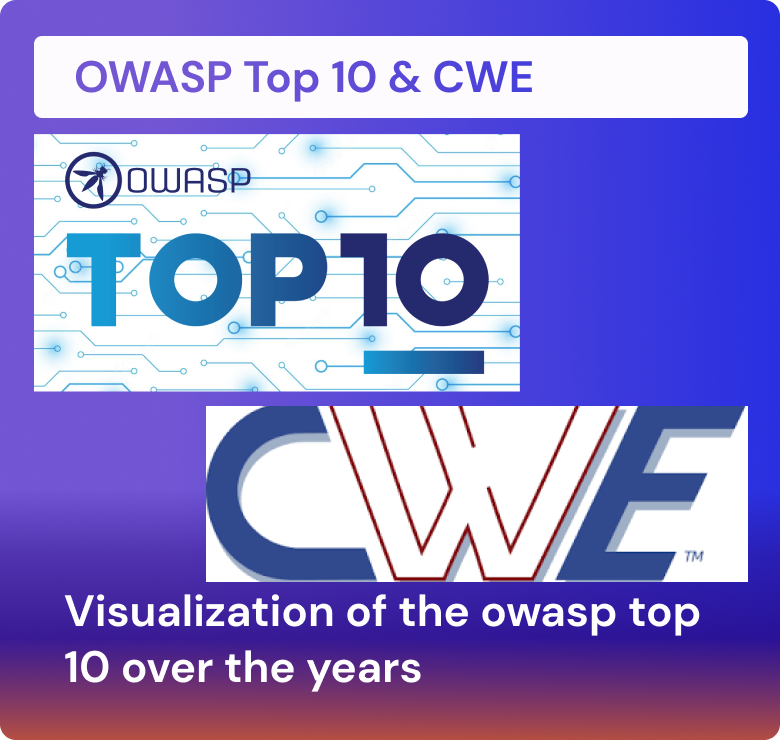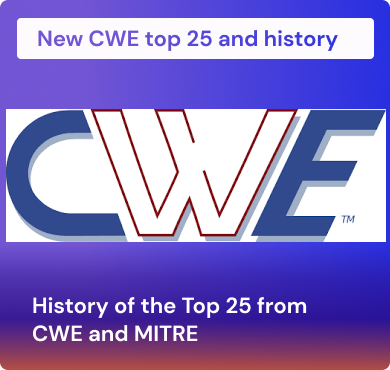The mapping between OWASP (Open Web Application Security Project) and CWE (Common Weakness Enumeration) is a crucial link in the realm of web application security. OWASP, with its OWASP Top 10, highlights the most critical web application security risks, providing a practical guide for developers and security professionals. These risks often encompass various software vulnerabilities and weaknesses, which can be categorized using CWE entries. This mapping process connects the specific security risks emphasized by OWASP to the broader CWE framework, allowing for a more comprehensive understanding of the underlying software vulnerabilities and their mitigations. It enables cybersecurity experts to bridge the gap between practical security concerns, as identified by OWASP, and the foundational knowledge of software weaknesses provided ultimately strengthening the security of web applications.The application of this insights can help in your application security program and vulnerability management.






















